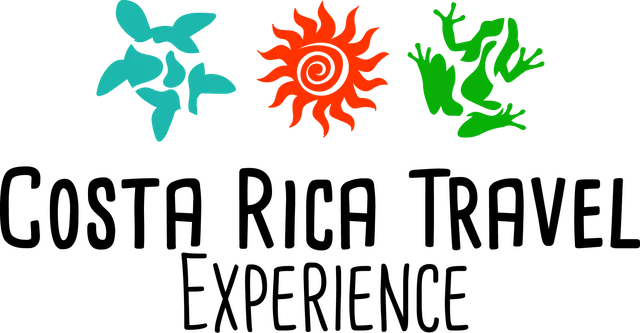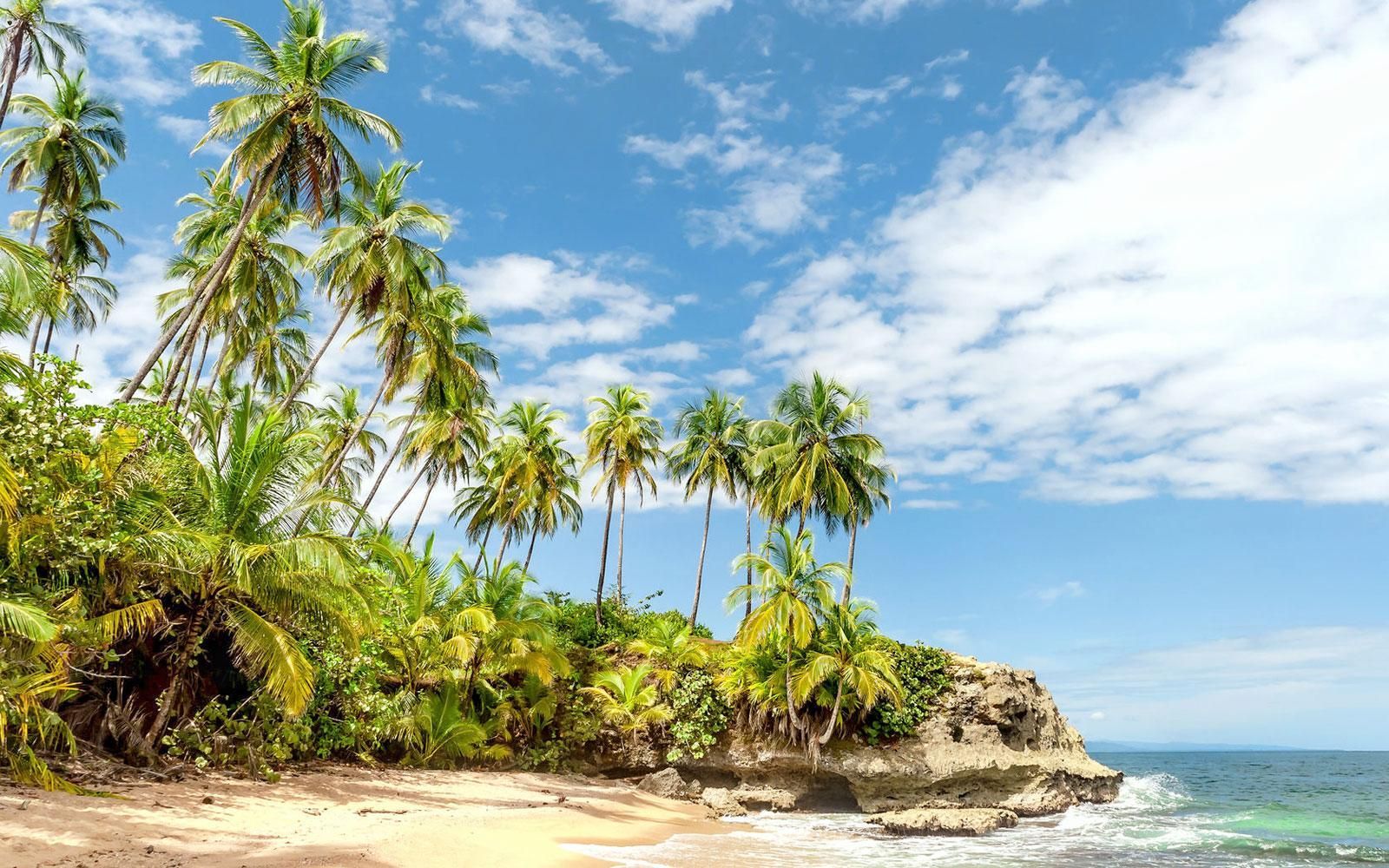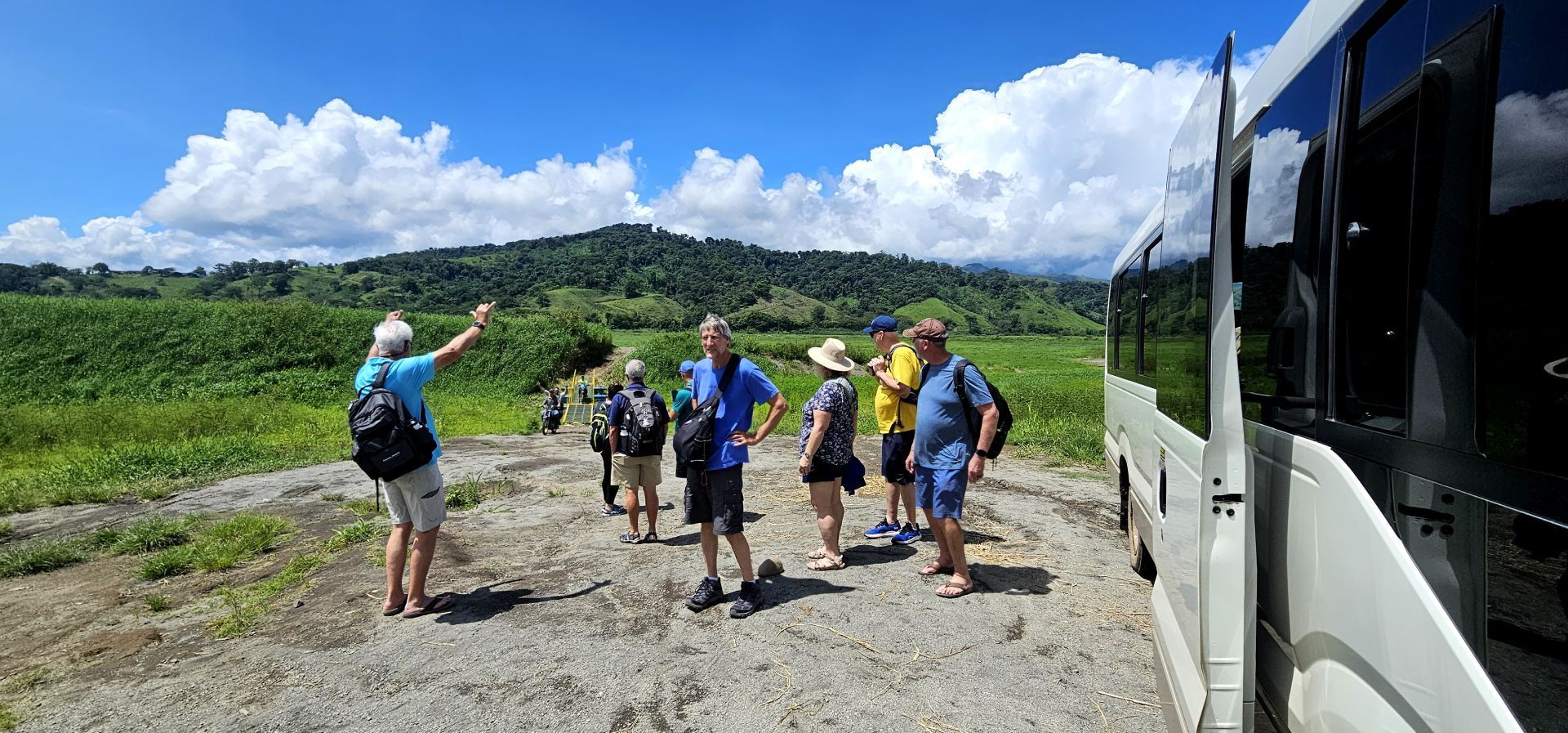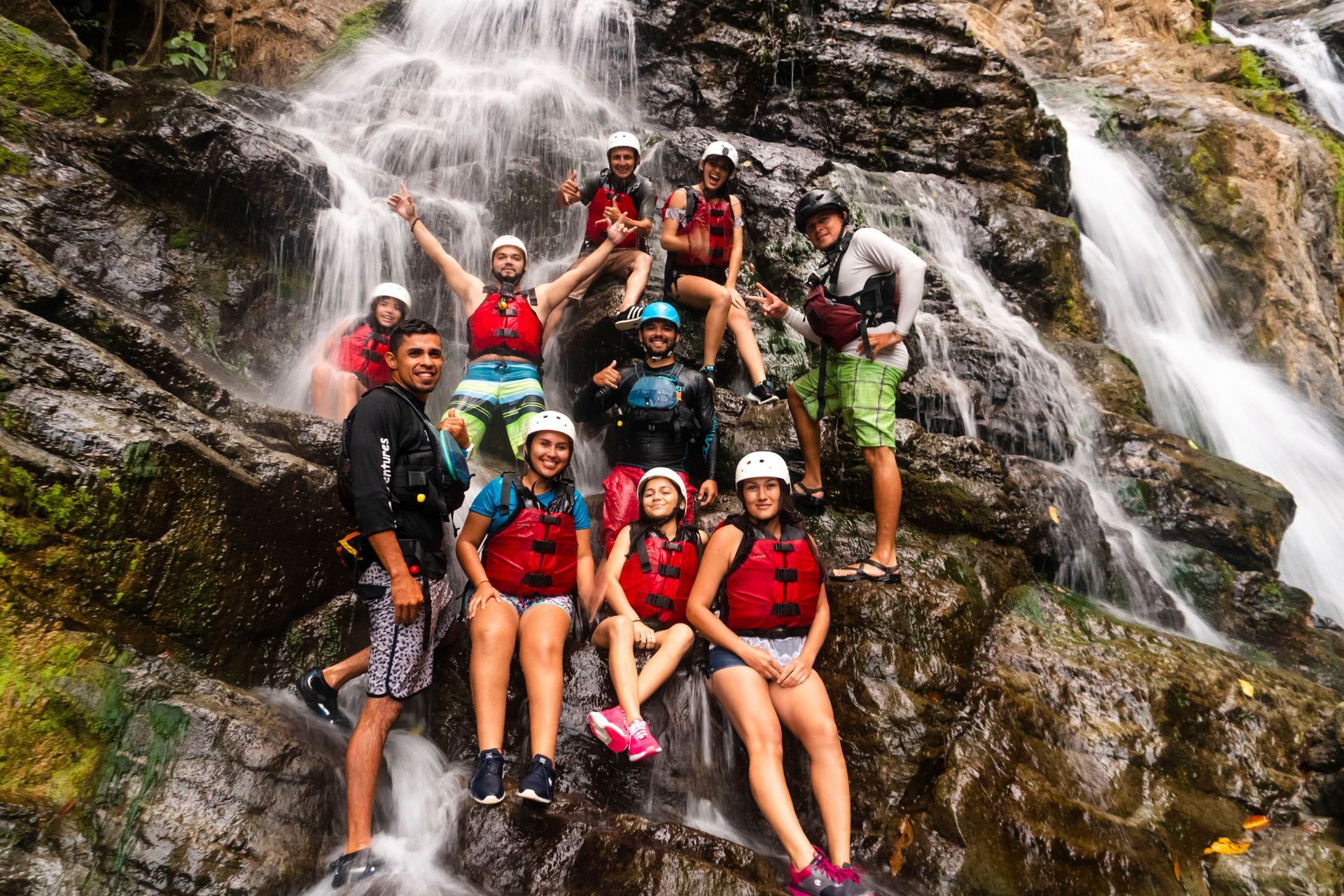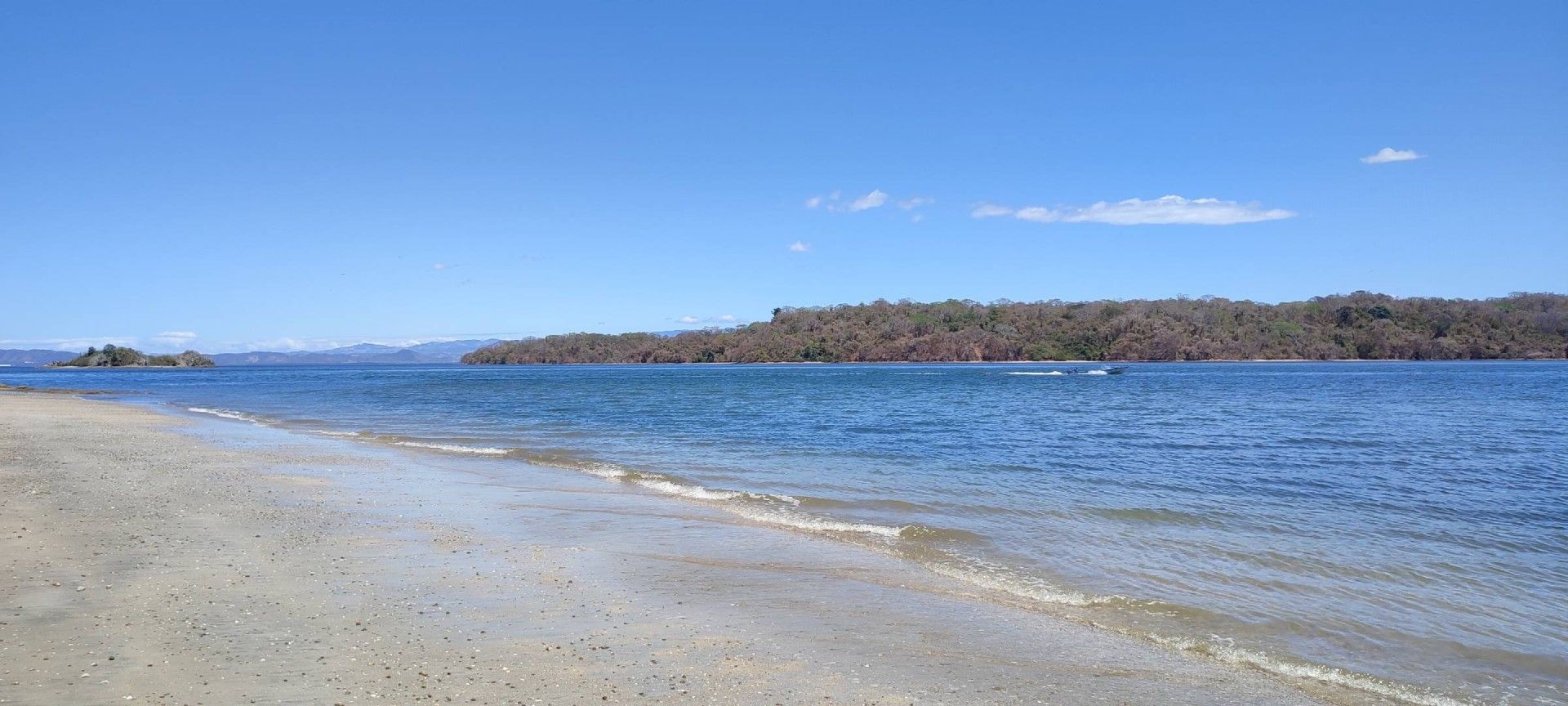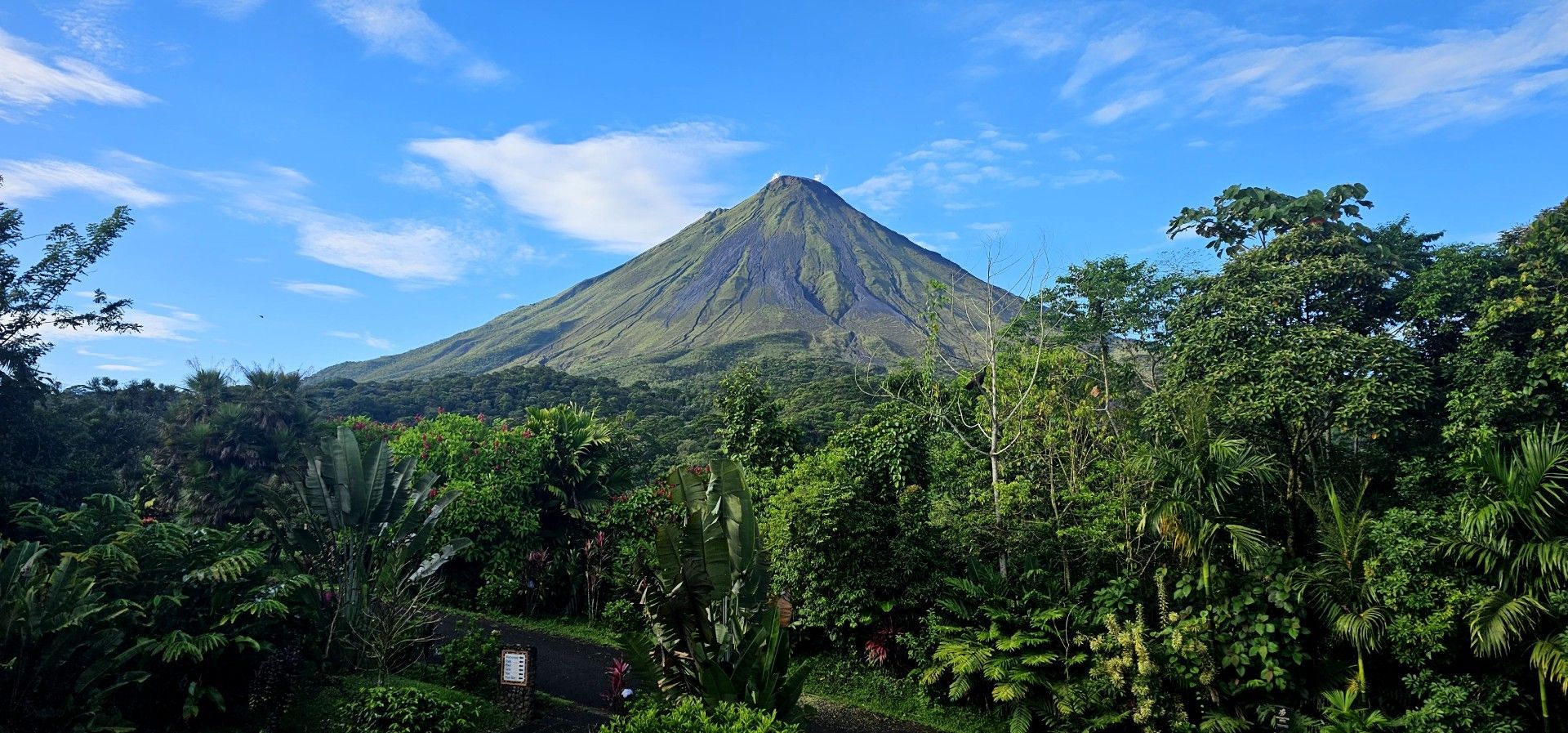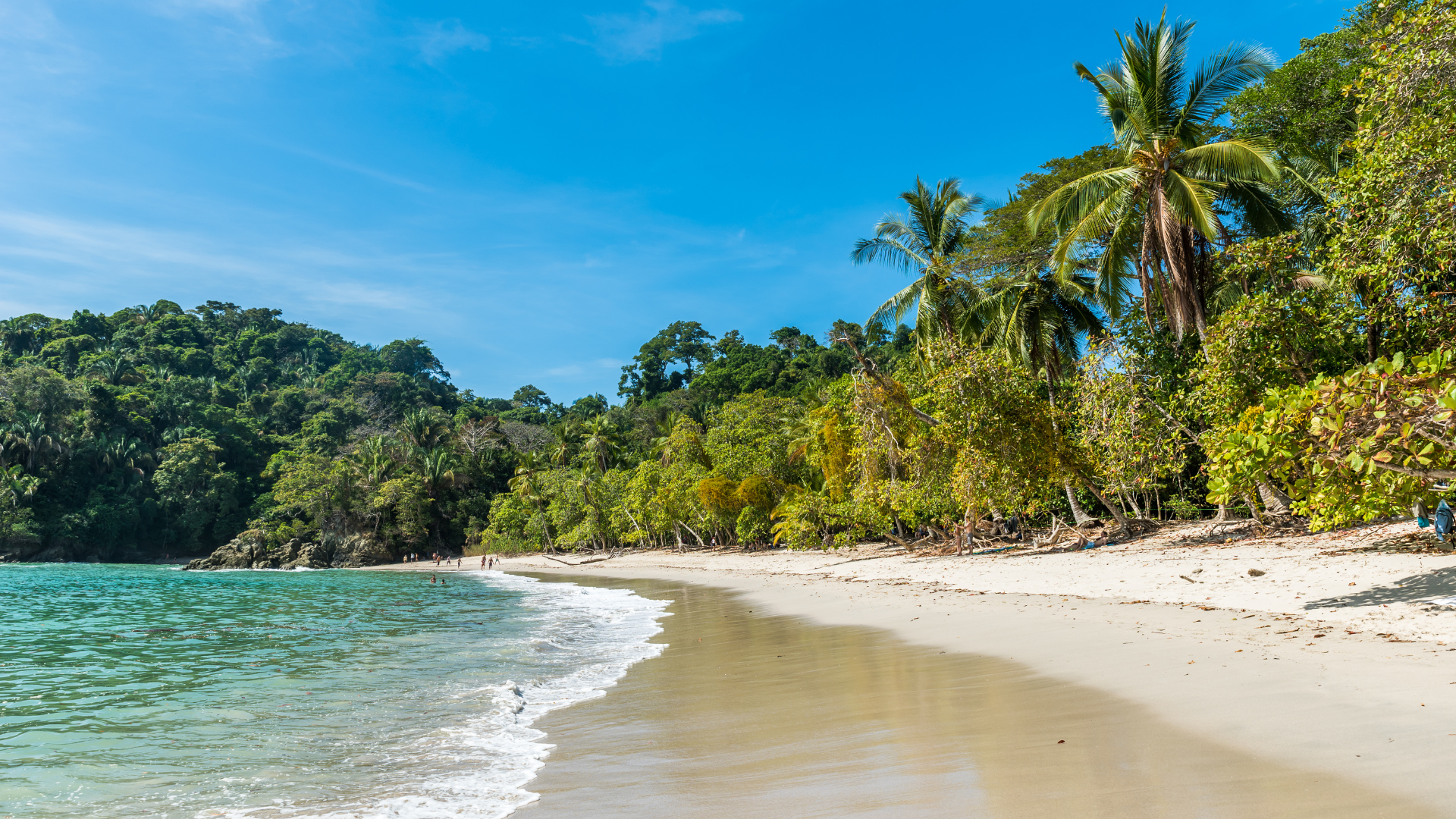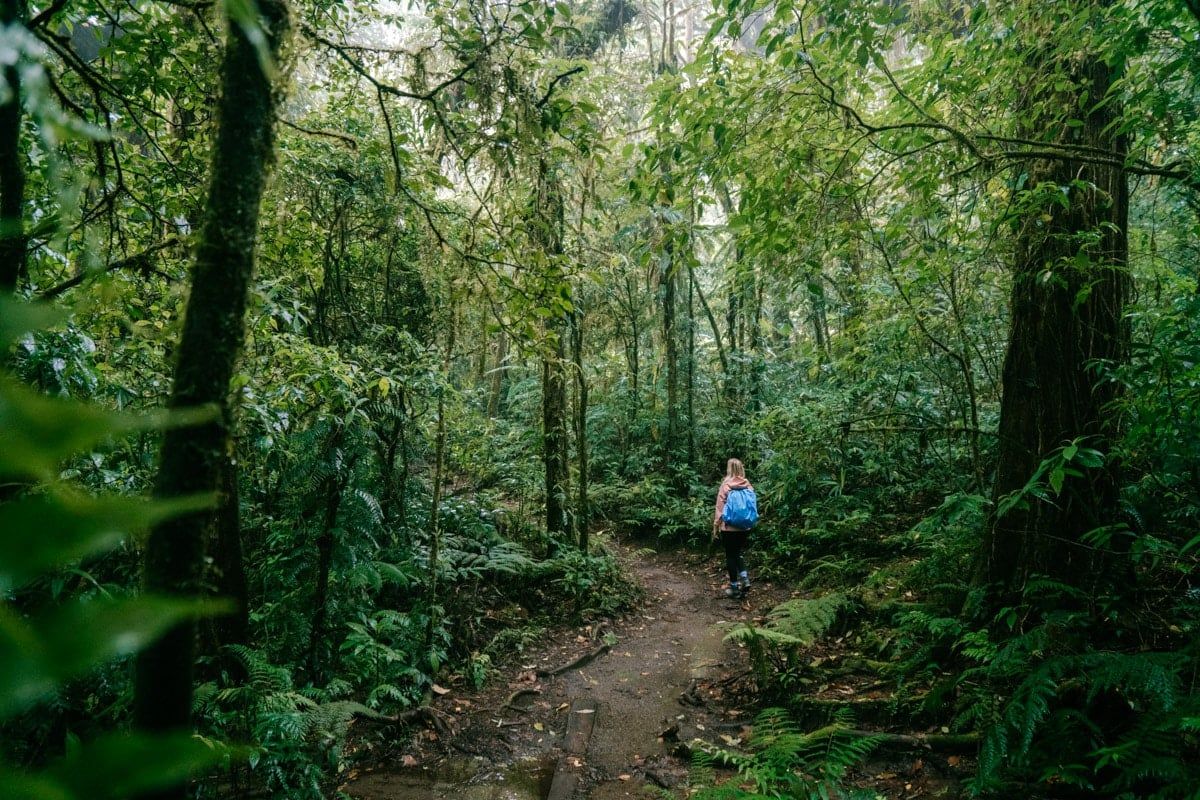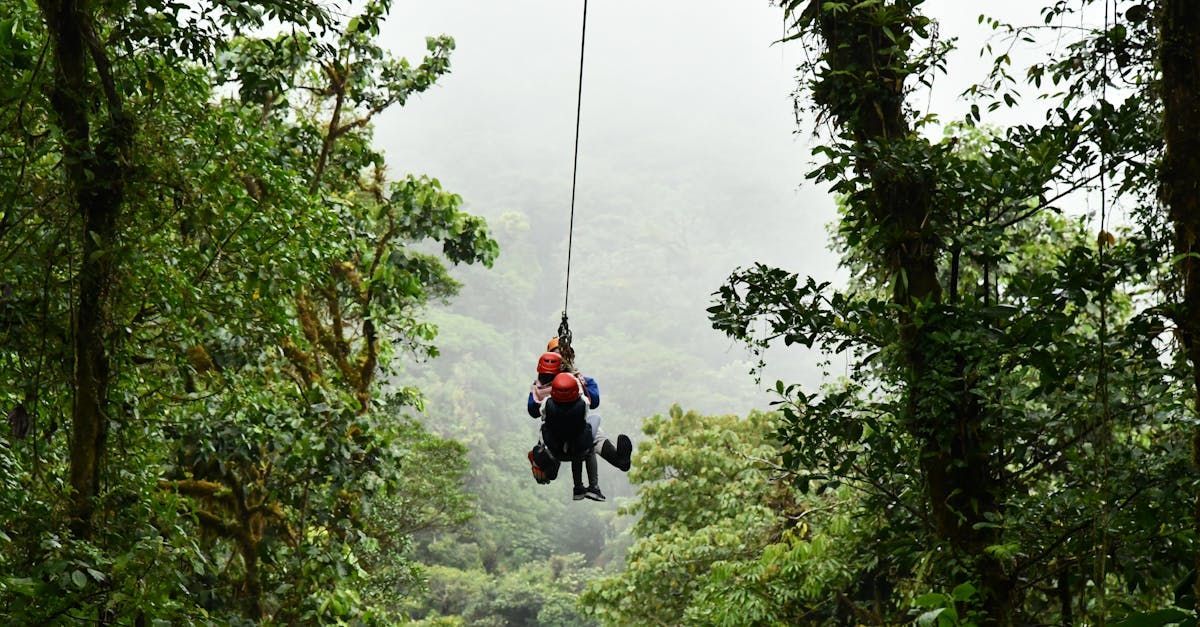Top Costa Rica National Parks: Your Complete Travel Experience Guide
Costa Rica is a small country packed with natural treasures. More than 25 percent of its land is protected through national parks and reserves, offering visitors access to rainforests, cloud forests, volcanoes, waterfalls, and wildlife in every direction.
With so many places to choose from, travelers often ask the same question: where should I go? This guide breaks down the top national parks in Costa Rica based on what makes each one special. Whether you’re dreaming of spotting sloths, relaxing in natural hot springs, or hiking remote jungle trails, there’s a park that’s perfect for your adventure.
Before you plan your visit, be sure to check out
our guide to the top destinations in Costa Rica for more ideas to help shape your itinerary.
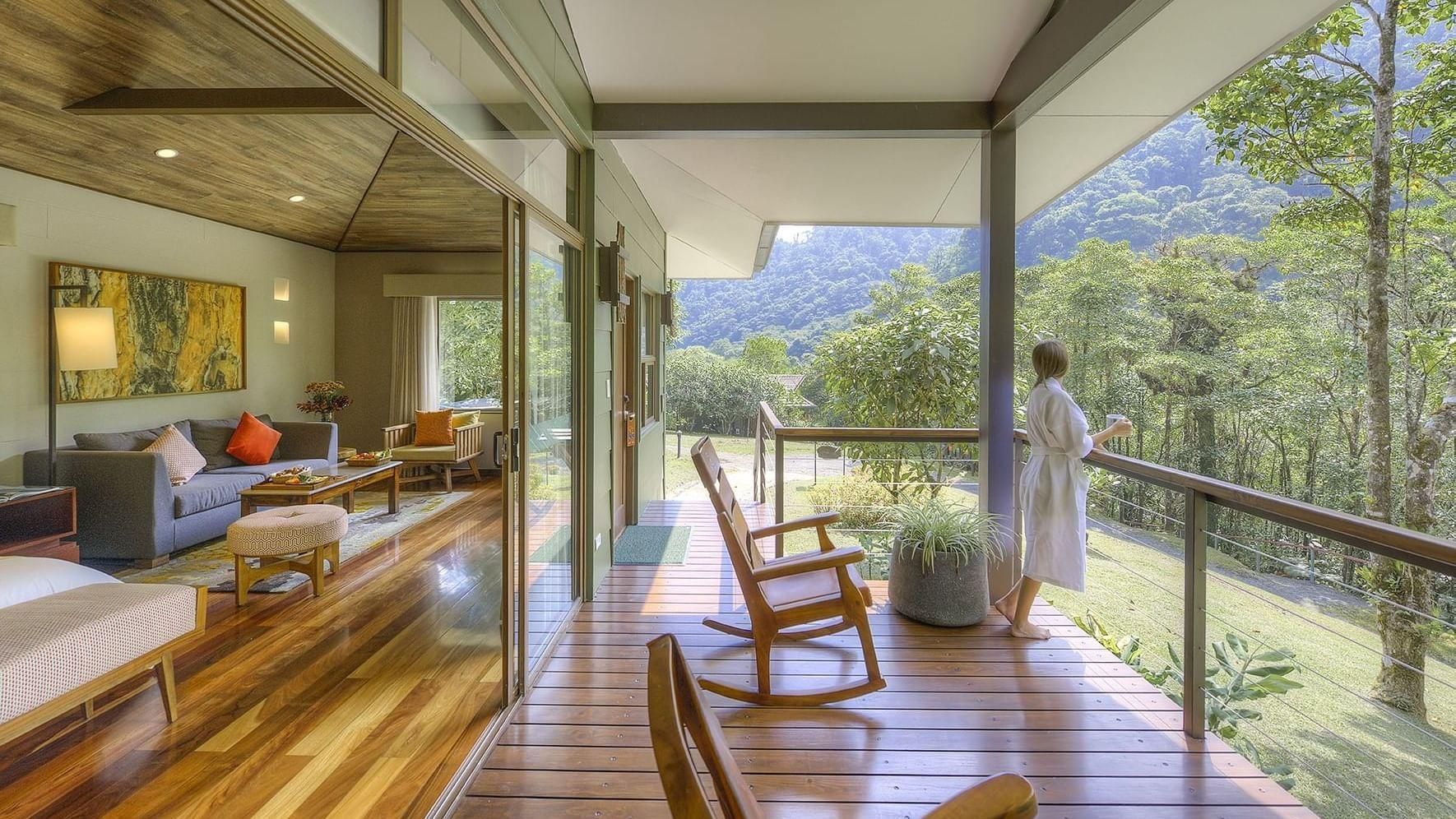
How to Choose the Right National Park
Every national park in Costa Rica offers something unique. The best one for your trip depends on your travel goals, the time of year, and how much time you have.
Some parks are easy to access from major towns, while others require a boat ride or a long drive. Some are better for wildlife spotting, while others are all about the scenery or adventure. Here are a few things to consider:
- Do you prefer coastlines or mountains?
- Are you hoping to see wildlife or focus on hiking?
- Do you want a relaxed day trip or a multi-day experience?
- Are you traveling with kids or in a group?
If you’ve already explored spots like Monteverde, which you can learn more about in our guide to the Monteverde Cloud Forest Reserve, this post will introduce you to even more incredible locations worth your time.
Not sure where to begin or want help narrowing it down? At Costa Rica Travel Experiences, we’ll help match you with the right national parks based on your travel style and timing!
National Parks to Visit and What to Expect
Manuel Antonio National Park
Location: Central Pacific Coast
What to expect: Easy trails, beach access, lots of wildlife
This is one of Costa Rica’s smallest national parks but also one of its most popular. Manuel Antonio combines lush jungle with white sand beaches, making it a favorite for first-time visitors. You’re almost guaranteed to see monkeys, iguanas, and sloths along the trails. Arrive early to avoid crowds and enjoy a peaceful hike before relaxing by the ocean.
Corcovado National Park
Location: Osa Peninsula
What to expect: Remote rainforests, serious wildlife encounters
Corcovado is for travelers looking for a wilder side of Costa Rica. It’s considered one of the most biodiverse places on the planet. Getting there takes effort, usually involving a boat or plane followed by a guided hike. But once you’re in, you’ll be surrounded by untouched forest and the chance to see tapirs, scarlet macaws, and even wild cats.
Arenal Volcano National Park
Location: Northern Region
What to expect: Volcano views, lava trails, nearby hot springs
Arenal is a classic stop for anyone visiting Costa Rica. The trails wind through old lava fields and secondary forest, with plenty of photo-worthy views of the volcano. While Arenal itself is dormant, the surrounding area is full of geothermal activity. Many visitors stay in nearby La Fortuna, where you can soak in natural hot springs after a day of exploring.
Tortuguero National Park
Location: Caribbean Coast
What to expect: Canal tours, sea turtles, boat-only access
Accessible only by boat or plane, Tortuguero is one of Costa Rica’s most unique national parks. Its maze of canals is best explored by kayak or small motorboat, offering close encounters with monkeys, birds, and reptiles. From July to October, the beaches are a nesting ground for sea turtles, especially green turtles, which draw visitors from around the world.
Tenorio Volcano National Park (Río Celeste)
Location: Northern Costa Rica
What to expect: Bright blue river, waterfall, moderate hiking
Tenorio is home to the famous Río Celeste, a river that appears almost impossibly turquoise thanks to volcanic minerals. The trail to the waterfall can be muddy and moderately steep, but the view is worth the effort. This park tends to be less crowded, making it a peaceful stop for nature lovers.
Cahuita National Park
Location: Southern Caribbean Coast
What to expect: Snorkeling, coastal trails, laid-back vibes
Cahuita is a great blend of forest and reef. It’s one of the best places in Costa Rica for snorkeling right off the shore. The coastal trail runs along the beach and through shaded jungle, where you might spot howler monkeys or raccoons. Unlike many other parks, Cahuita operates on a donation-based entrance system, making it ideal for budget travelers.
Rincón de la Vieja National Park
Location: Guanacaste Province
What to expect: Volcanic activity, waterfalls, adventurous trails
This park is often overlooked, but it has a lot to offer. You’ll find steaming vents, mud pots, and waterfalls, along with trails for all levels of hikers. It’s also one of the best parks for horseback riding and ziplining. Many travelers visit as a day trip from Liberia or stay at a nearby eco-lodge.
Carara National Park
Location: Central Pacific, near Tarcoles River
What to expect: Easy access, great birdwatching
Carara is one of the most accessible national parks in Costa Rica and makes a great stop between San José and the coast. It sits at the transition zone between dry and wet forests, so it’s home to a wide range of species. Birdwatchers especially love it for the chance to see scarlet macaws.
- Pack smart: Bring sturdy shoes, bug spray, sunscreen, and water.
- Start early: Wildlife is most active in the morning, and the heat is more manageable.
- Consider a guide: Especially in larger or more remote parks, guides can help you spot animals you might miss on your own.
- Know the rules: Some parks require reservations or guided access. Always stay on marked trails and respect wildlife.
Want to make the most of your visit? Let Costa Rica Travel Experiences help you arrange guided park tours so you can relax and focus on enjoying nature while we handle the details.
What parks are best for families with kids?
Manuel Antonio and Arenal have easy trails and are close to amenities. Both offer plenty to see in a short time.
Can I visit more than one park on my trip?
Yes, and many travelers do. You might combine Arenal and Monteverde, or Cahuita and Tortuguero for a Caribbean route.
Are there good chances to see sloths?
Yes. Manuel Antonio, Tortuguero, and Cahuita are some of the best parks for spotting sloths in the wild.
Do I need a car to visit the parks?
Some parks are reachable by shuttle or boat, while others are easier to access by car. If you plan to visit multiple parks, renting a car may give you more flexibility.
Where Will You Go First?
Costa Rica’s national parks are more than just protected areas. They’re windows into the country’s heart — its landscapes, its wildlife, and its deep connection to nature.
Whether you’re seeking quiet moments in the forest or action-packed adventures near volcanoes, there’s a park waiting to welcome you. Take your time, explore with intention, and let the natural beauty of Costa Rica lead the way.
Looking for more travel ideas? Don’t miss
Discover Costa Rica - Top Fun Facts and Must Not Miss Activities for Travelers.
